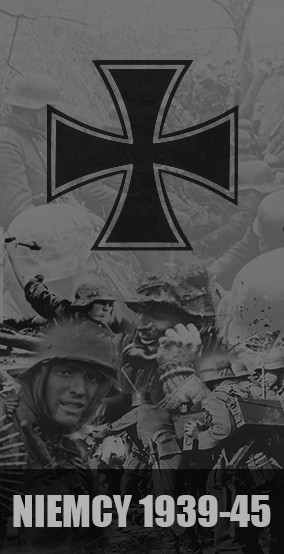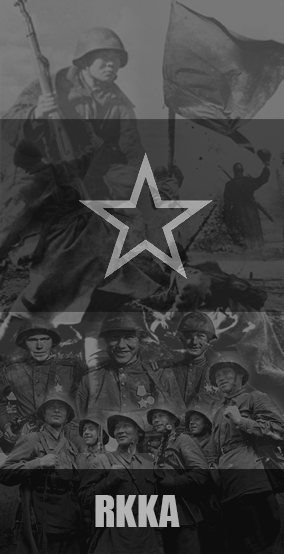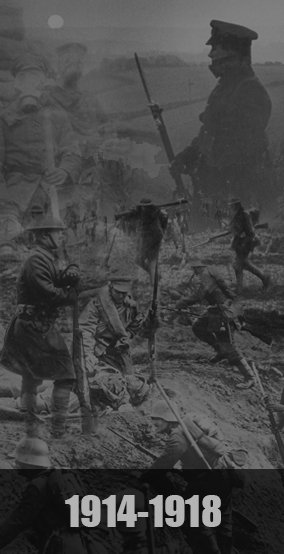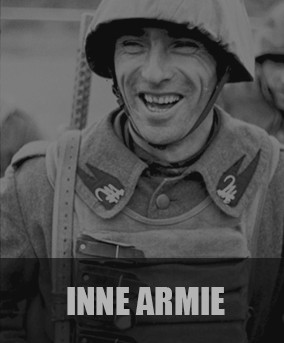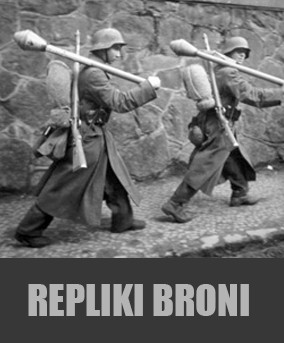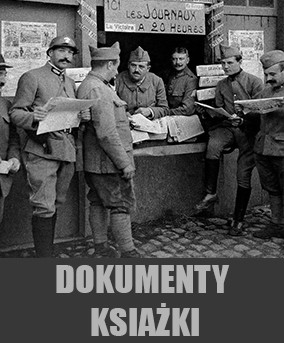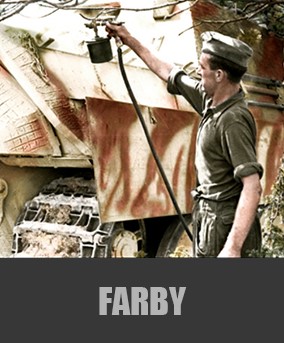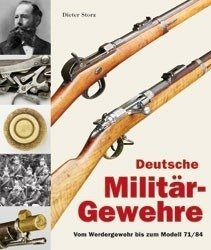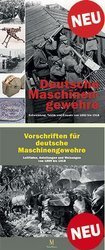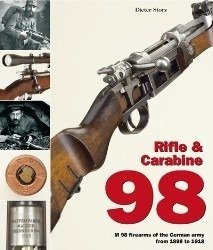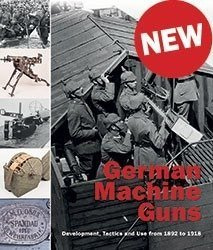Monografia o 218 eksperymentalnych wzorach broni palnej, przedstawiająca rozwój broni od jednostrzałowych czarnoprochowych karabinów do szybkostrzelnych powtarzalnych. Łącznie 624 strony, bogato ilustrowane ponad 1500 zdjęciami. Książka w twardej oprawie, dodatkowo w obwolucie. Poniżej przykładowe strony z książki.
Autorzy: Mathieu Willemsen, M. A.
ISBN: 978-3-902526-53-3 (wersja niemiecka) lub 978-3-902526-54-0 (wersja angielska)
Waga: 3,20 kg
Dane Techniczne: 624 strony, ponad 1500 kolorowych zdjęć, łącznie ze współczesnymi fotografiami i ilustracjami, zszyte w twardej oprawie. Format: 29.5 x 25.0 cm.
- Publikacja wydawnictwa Verlag Militaria, wysoko cenionego wśród kolekcjonerów i hobbystów
OPIS ANGLOJĘZYCZNY
The Normaal Schietschool (School of Musketry) was established in The Hague in 1855. Until its closure in 1933 this military institute was the centre for all matters relating to the education of shooting instructors, firearms and ballistics. The institute also had other tasks besides the investigation of firearms and related matters; it was an important influence in the birth of the gymnastics and fencing schools in the Netherlands, as well as being the official body for the inspection of shooting ranges. This many-sided institute was closed down in 1933 for economic reasons.
The 19th century industrial revolution ushered in a period of rapid change and invention in firearms technology. The development from single-shot muzzle¬loading muskets to quick-firing bolt-action magazine rifles was completed within a period of 50 years. The Normaal Schietschool was pivotal to these developments. Its members investigated and carried out trials of many of the firearm mechanisms to see which were most suitable for possible adoption by the Dutch army. Many of these weapons had to be obtained from foreign countries, since the Netherlands lacked an extensive arms industry. Because of this, the school held an exceptional international firearms collection including many remarkable models and prototypes, as well as some curiosities. This weapon collection is now one of the most important collections of 19th century firearms in the world and has been in the possession of the Dutch Army Museum since 1933. The collection comprises of 218 firearms, many of which are now are now unique and unparalleled in any other collection in the world. In this catalogue, all these guns are described at length, complete with the trial reports and other related accounts and documents, making it possible to gauge contemporary opinion of these developments at the time and how the different actions were regarded following their investigations in The Hague. In addition, this is the first time that so many 19th century gun mechanisms have been brought together in one single publication, creating a veritable encyclopaedia of the many systems which were in existence at the time. The publication is completed by appendices in which the reader can discover the identities of those who worked at the firearms trial departments and which firearms were tested in The Netherlands.
OPIS NIEMIECKOJĘZYCZNY
Dieses 624 Seiten umfassende Werk beschreibt im Detail die internationale Entwicklung militärischer Gewehre – vom Einzelschuss-Vorderlader bis zum halbautomatischen Gewehr – anhand von insgesamt 218 einzigartigen Prototypen und Versuchsstücken, die sich bis heute im Niederländischen Armeemuseum erhalten haben. Sämtliche dieser Stücke wurden von der Niederländischen Feuerwaffen-Versuchsabteilung im Zeitraum von 1855 bis 1933 von den verschiedensten internationalen Waffenproduzenten angefordert und einer intensiven Erprobung unterzogen. Anschließend in ihre Einzelteile zerlegt und wieder zusammengesetzt, wurden Erprobungsberichte verfasst, die der Autor – neben Archiv-Recherchen in Den Haag – in diesem Buch auswertet. Das Buch gibt einen tiefen Einblick in die Waffentechnik des 19. Jahrhunderts und in die Arbeit der niederländischen Gewehr-Prüfungskommission. Mehr als 850 Detailaufnahmen der Originalgewehre sowie zeitgenössische Grafiken, Fotografien, schematische Darstellungen und Maßtabellen geben ein übersichtliches und detailliertes Bild dieser Entwicklung wieder. Es gibt kaum Literatur über die Versuche mit Handfeuerwaffen, umso wichtiger ist die vorliegende Arbeit für (waffen-)technisch Interessierte. Während der hektischen politischen und militärischen Auseinandersetzungen des 19. Jahrhunderts waren in den verschiedensten Ländern die Versuchsabteilungen mit der Suche nach der „perfekten“ militärischen Handfeuerwaffe beschäftigt. Der Leser erhält Zugang zu diesen erstmals publizierten erhaltenen Realstücken, wie zum Beispiel von den Firmen Mauser, Steyr, Kropatschek, Mannlicher, Enfield, Vetterli, Spencer und Berdan u.v.a., die öffentlich nicht zu sehen sind und zum Teil nur in einem einzigen erhaltenen Exemplar den Wandel der Zeit überdauerten. Durch diesen Einblick wird die technische Entwicklung während der industriellen Revolution am Waffensektor besser verständlich. Ein unbedingtes MUSS für jeden Sammler und waffentechnisch Interessierten.


